Dell Technologies Co-COO Chuck Whitten: ‘Our Commitment To The Channel Is Unwavering’
“Internally we talk about it as, ‘The Art of the And’ -- Dell plus our partners – not the ‘Tyranny of the Or.’ When we do this right, our two routes to market are complementary,’ Whitten tells CRN.
In a little more than a year, Dell Technologies’s Chuck Whitten has gone from being a Dell insider to being inside Dell Technologies as one of the company’s highest-ranking executives as co-chief operating officer, and he says the company is now positioned to meet the demand pent up in the market for its solutions.
“I like to say, ‘markets are coming our way. And we’re strategically advantaged so I’m incredibly optimistic about our future,” he said. “Our partners are an essential part of our strategy, and they are built-in to everything we do.”
The former Bain and Company partner, who ran the firm’s southwest division and consulted Dell as one of his top clients, now oversees Dell’s day-to-day business operations including procurement, and supply chain with legendary Dell executive Jeff Clarke, the 34-year company veteran and right hand to company founder and CEO Michael Dell.
[RELATED: Broadcom’s VMware Deal To Net Michael Dell $21.65B In Cash And Stock]
The two men share chief operating officer responsibilities including directing the ISG and CSG business units, and setting long-term strategy across cloud, edge, and as-a-service.
“A year into the job my observation is, strategically we’ve never been in a better place,” he told CRN in an interview last week. “We are perfectly positioned for this era of technology. Data is exploding. The world is digitally transforming all around us, and critically, modern infrastructure is becoming multi-cloud … So against that backdrop, we are really uniquely positioned. We have an end-to-end solutions’ portfolio that spans across those domains and where we have leadership in all of our core markets.”
Whitten, who was educated at Rice University in Texas and received a master’s of business administration from Harvard Business School, said the company’s robust partner ecosystem is what allows Dell to meet customers anywhere work must be done.
Whitten said he spoke with more than two-dozen partners during Dell Technologies North American advisory board meeting last week telling them “our commitment to the channel is unwavering. Our entire strategy is built on it.”
“Our belief is that no single company can meet all of the customer needs in this era of technology, so our partners are critical to our success. We move faster. We scale quicker. We innovate more rapidly when we work with our partners,” he said. “Partners help us extend our reach. They provide us with valuable industry insight and domain expertise, and they allow customers to work with Dell through their preferred method. That commitment that I shared with the partners. I would say that was also reciprocated. The partners I spoke with emphasized the trust they have in Dell and their belief in our strategy.”
Here’s what else he had to say:
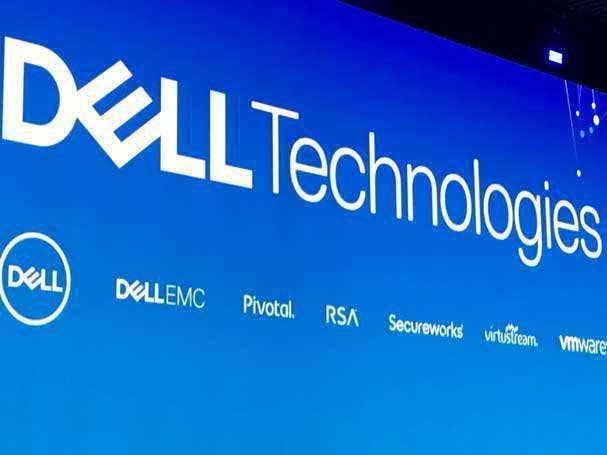
You spent time with Dell partners this week. What did you hear from them about what Dell is doing that is working for them?
First is, an enormous amount of trust that we’ve built over decades with these partners. Our partner relationships are deep and long lasting. We worked with many of the partners who are on our advisory board for a long time. And they understand that our strategy is, at its core, omni channel. So partners have to be an extension of our team. We have to be open to them taking us to new geographic locations, new customers, bringing us new expertise, bringing us new ideas.
Our partners have relationships that we don’t have; They have coverage and expertise in places that we don’t. So what I heard played back from the partners was, that strategy is resonating and we see it.
Internally we talk about it as, ‘The Art of the And’ Dell plus our partners – not the ‘Tyranny of the Or.’ When we do this right, our two routes to market are complementary. They should be complementary and they should be multiplicative. From the partners I heard a lot of trust, and we’re building that foundation.
The second thing I heard was. They like our strategy. We are uniquely positioned in the data and multicloud era given our position in the market. And we never forget about the PC business, which is important to the channel community as well. The PC is undergoing yet another rennaissiance as hybrid work has transformed the way people use this device. A lot of excitement about our future is what I heard yesterday.
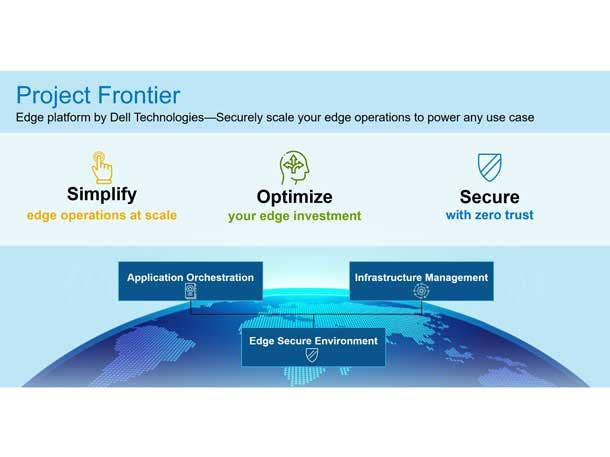
A partner I spoke with really applauded Project Frontier. He said it’s incredibly helpful to have Dell provide them with a proven deployment for some of these edge environments where they don’t have a lot of experience. How big of an opportunity is that for partners?
Look the edge is an exploding part of the IT ecosystem. We need to make it simpler for customers to utilize the edge and drive the real-time autonomous experiences that are sort of the hallmark of digital transformation now.
Project Frontier is an edge software platform that will help customers unify their edge operations across infrastructure and applications. At its core, Project Frontier allows a company to securely deploy and manage infrastructure at the edge.
Think infrastructure management and application orchestration. Our channel partners are absolutely going to be participating in our go to market for project frontier because partners are an extension of our team. As a starting point, many partners today deliver lots of services around edge use cases today. Many of our resellers sell Edge-relevant infrastructure today. In particular we see partners offering serv ices around verticalized use cases and those types of partners are going to be big beneficiaries because like systems integrators they can add lots of value to the automation and create blue prints for customers that simplify deployments at the edge. We see lots of opportunities for partners in Project Frontier. We encourage partners to talk with us about the opportunities that they see.
We are always looking for ways for partners to add value on top of what we do. It comes from the core of the way we design our solutions and our services. Apex is a great example where we are making it easier and more attractive for partners to team with us to support customers.
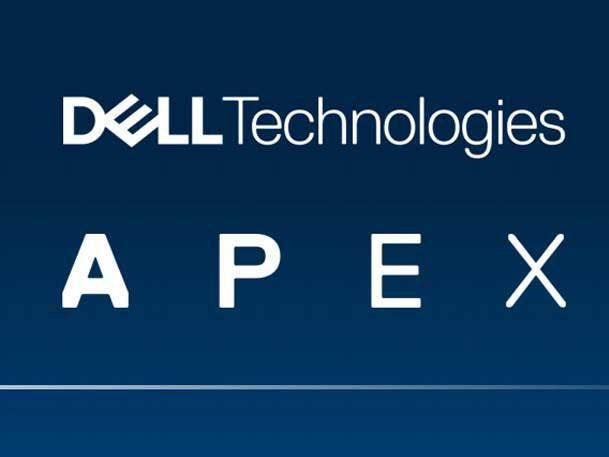
During the last quarter Dell Apex announced that it reached $1 billion in ARR. A few weeks ago during the Dell Technolgies Summit, someone asked for more color around that, you said Dell is not going to get into that. However HPE CEO Antonio Neri did question that figure. I’m not asking you to sort that out in terms of what Neri said, but can you offer any more detail around how it was Dell managed to achieve $1 billion in ARR ?
Look, ultimately we’re meeting a customer need. The customer need is that customers want a simple and consistent cloud experience across multi-cloud, multi-edge, and multi-data center environments, and they want choice in how they consume that infrastructure.
That choice we’re offering is they can buy it, they can subscribe to it, and they can subscribe to it with Dell managed services. Those later two are what Apex is.
So look our Apex recurring revenue is the recurring net revenue from Dell Apex branded subscription as a service and usage base offers. It excludes revenue for those offerings that are recognized up front as a lease. So that’s what our Apex business is.
But more importantly its giving customers the choice to bring a modern and consistent cloud experience across all of their estate. We’re having success because it’s a tremendous product. It’s a tremendous solution at the right time for customers right now and that’s what underpins our billion dollars, our 78-percent year-over-year growth in Q2 and importantly 200 new customers that joined Dell because of Apex.
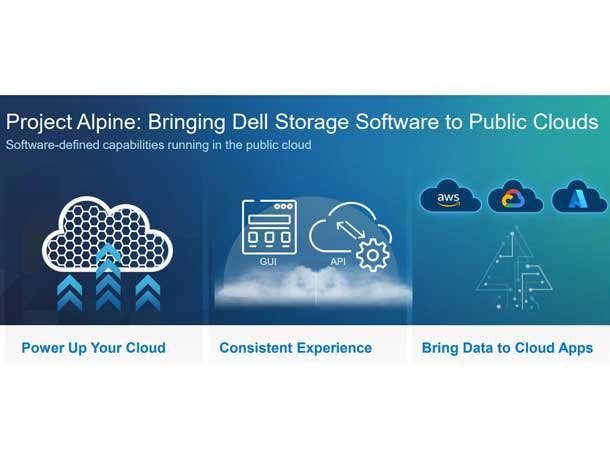
One partner said they have customers who are now realizing they can’t just move everything wholesale to the cloud. Can you talk a little about how Dell is helping partners stitch this together for customers?
The world is multi-cloud because it is very strategic for IT decision makers. Ultimately, if you’re an IT decision maker, or a CIO or a CEO what you want is access to all of the innovations of multiple public clouds.
You see each public cloud as bringing unique capabilities and so all of those services are what they want to have access to, in order to improve their business. But, you don’t want to be locked in to a single one. And you are starting to recognize there are workloads where for security, or latency reasons or cost, or control, that you are going to leave on premise. By the way the edge, as it explodes, you are going to have edge clouds. You have sovereign clouds.
So in that world, someone has to help customers make it simpler. That’s what our strategy is, to go do, in this market. Apex is a portion of that. Apex is: how do we get a more consistent cloud like experience across that estate?
As an example, Project Alpine, where we are putting our file, block and object storage software in the public cloud, so that if you have data on-premise, and in the public cloud, you don’t have to retrain your staff, it’s a common management structure. That’s beneficial to customers. We want to ease this multi-cloud world where the pain point for customers is data is siloed. It doesn’t function particularly well today as a single unified cloud. As a leader in infrastructure we play an important role in making that happen long term.
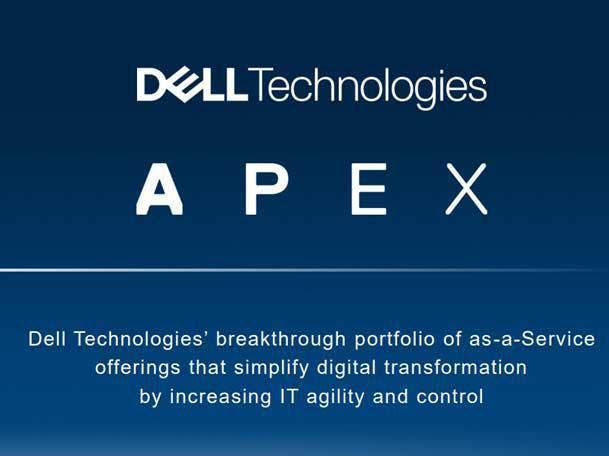
Do you see the demand for Apex coming more from existing Dell customers or from outside the Dell ecosystem?
We see it as a market expansion opportunity for us. We see new market opportunity as new customers come to the franchise of Dell, and say, ‘Wow. Dell get’s it in multi-cloud.’ Apex may be part of the answer, our existing on premise infrastructure may be part of the answer, or our collaborations with all of the major hyperscalers may be part of that answer. We see Apex doing both. Our existing customers using it, as they evaluate how do I bring a simple cluod-like experience to my infrastructure, how do I perhaps consume it differently as a subscription as opposed to buying it, but also attracting customers who said ‘Wow, that’s the perfect solution for me and my multi-cloud world.’
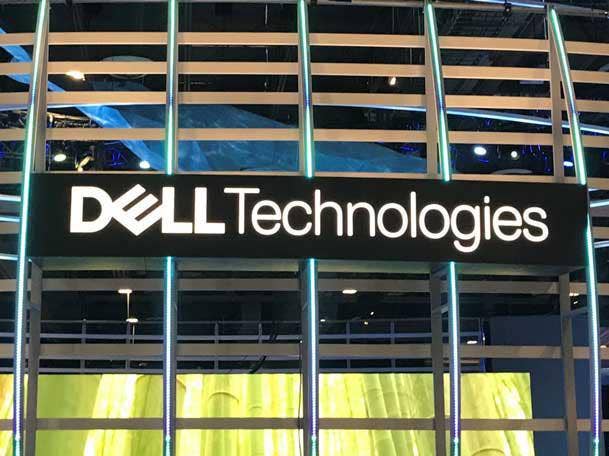
There are all of these significant economic headwinds that partners, and their customers are facing, whether its inflation, finding employees a possible economic downturn. What is Dell telling its partners to help them prepare for any or all of this?
The conversation I had this week with partners was our customers, our joint customers the customers that we go out to serve together, are facing the same economic uncertaintly out there, and technology, and what we can provide them can be a solution to this moment.
In a high inflation low labor availability world, technology is a solution to some of those problems. So for us, it’s about controlling what we can control. We can’t control the macro environment, but what we can control is staying customer and partner centric, and getting out there and helping our customers navigate and apply technology to solve the problems, they’re facing in any macro environment.
To us, a few things we try to focus on are: stay externally focused; stay focused on what our customers and wht our customers are asking for; and then work with our partners to make this multiplicative. How do we take one plus one and make it three, or five, or ten?’